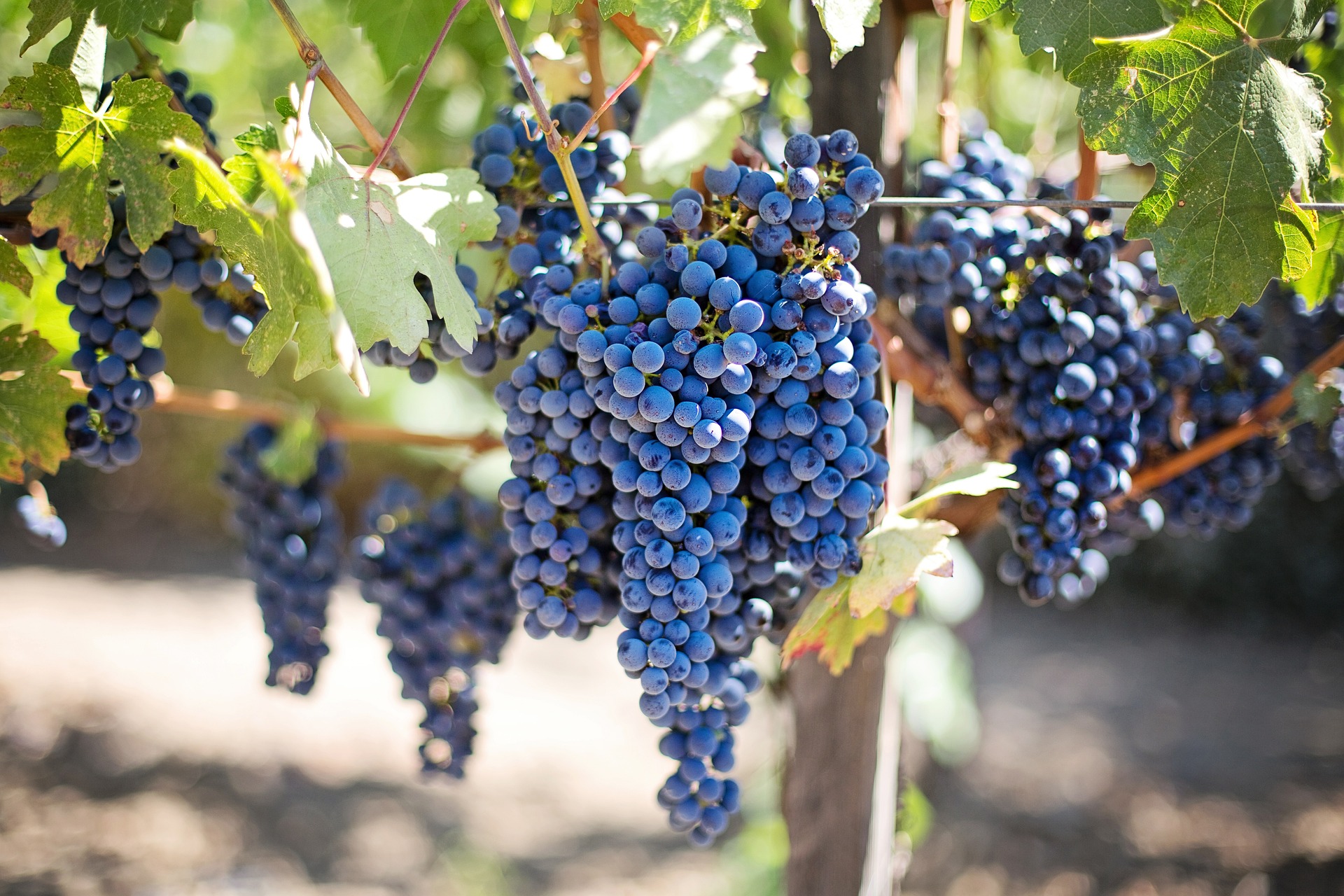Agriculture in 21st Century
The 21st century has brought about significant changes to the agriculture industry, with new technologies and practices emerging to meet the challenges of feeding a growing global population. Climate change, urbanization, and a growing demand for sustainable food production are just a few of the factors driving the evolution of agriculture in the 21st century. In this article, we will explore the key trends and technologies shaping the future of agriculture in the 21st century.
One of the most pressing challenges facing agriculture in the 21st century is climate change. Rising temperatures and changing weather patterns are affecting crop yields and making it more difficult for farmers to predict and plan for weather-related risks. To address this challenge, farmers are turning to precision agriculture, which utilizes technology such as GPS, sensors, and drones to collect data on crop growth and soil conditions. This data is then analyzed to create detailed maps of the farm and optimize planting, fertilization, and harvesting. Precision agriculture can help farmers to increase yields, reduce waste, and decrease the use of water and other resources.
Another trend shaping the future of agriculture in the 21st century is the rise of vertical farming. This approach involves growing crops in stacked layers in controlled environments, such as greenhouses or warehouses. Vertical farming allows farmers to grow crops year-round, regardless of the weather outside. It also enables farmers to control the temperature, humidity, and lighting to optimize crop growth. This can help to increase yields, reduce water and energy use, and decrease the use of pesticides.
Urban agriculture is also growing in popularity in 21st century, as more and more people are moving into cities. Urban agriculture involves growing crops in and around urban areas, such as on rooftops, in backyards, or on unused land. This can help to increase food security in urban areas, promote sustainable food production, and create green spaces in cities.
A growing awareness of the importance of sustainable food production is also driving the evolution of agriculture in the 21st century. Consumers are increasingly demanding food that is produced without the use of harmful chemicals and pesticides, and that is grown in a way that preserves the environment. In response, farmers are turning to organic farming, agroforestry, and other sustainable farming practices. These approaches can help to reduce the environmental impact of agriculture, improve soil health, and increase biodiversity.
Despite the challenges, the agriculture industry is constantly evolving and adapting to new technologies, trends and demands. The use of precision agriculture, vertical farming, urban agriculture, and sustainable farming practices are just some of the ways the industry is working to meet the food demands of a growing global population while preserving the environment. It's important to note that these are not the only trends and technologies shaping the future of agriculture, there are many more that are being researched and developed by scientists and farmers to make agriculture more sustainable, efficient and profitable.



